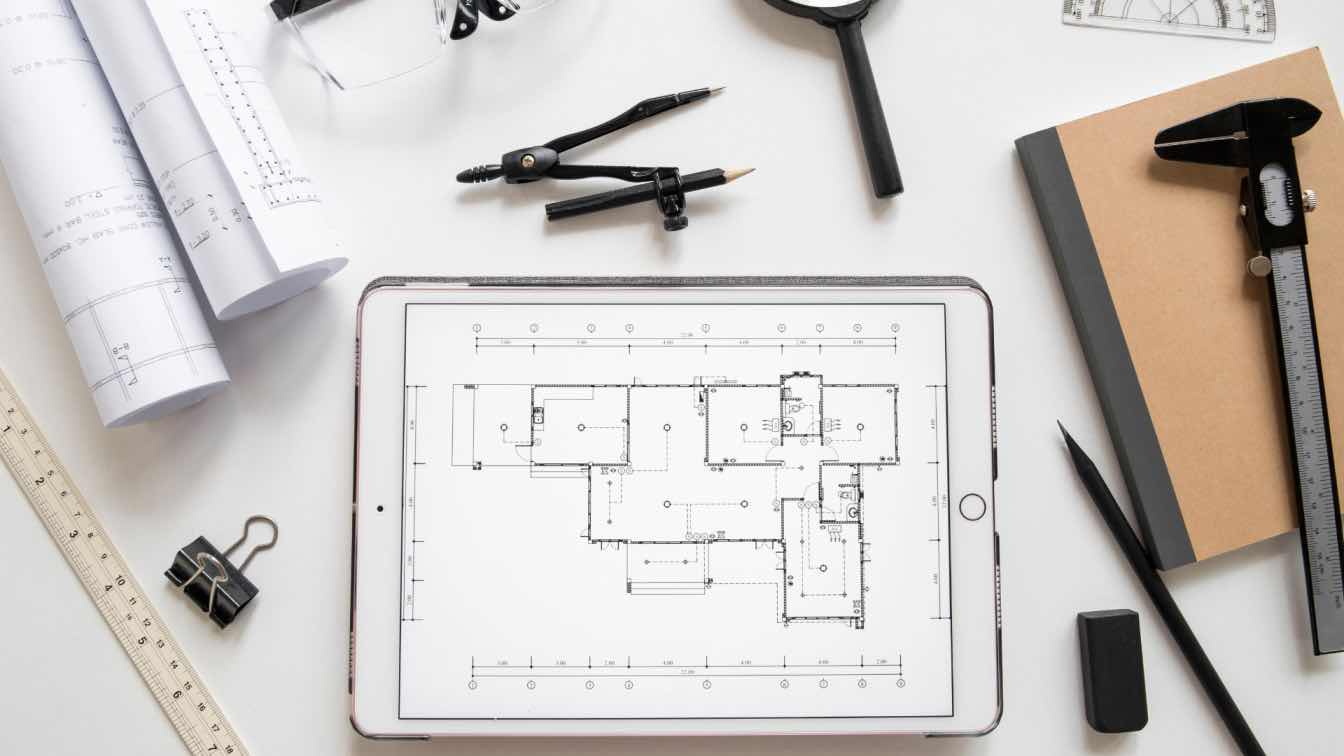Given the state of the environmental landscape, having sustainability in mind is crucial to any development project. It stimulates creativity from architects who are the developers behind significant infrastructure, including buildings and cities. Designers must develop functional and efficient blueprints that limit environmental impact with expanding cities but diminish room for new habitats. Let us explore how architects can demonstrate good leadership by example in implementing sustainable architecture and leveraging nature in their designs for the future of architectonics.
Executing Passive Design Strategies
Passive design strategies utilize natural resources to optimize a structure’s energy efficiency, comfort, and performance. They leverage intrinsic features, such as light and ventilation, to regulate the inside of a building. To maximize the efficiency of these holistic methods, architects can follow several principles.
Airtight Assembly
Air frequently travels in the inner channels that compose an edifice, including the building envelope. The air passing through these channels can reduce energy efficiency and cause excessive reheating. By restricting this movement in the air barrier, architects can reduce localized condensation issues that may result in structural problems. With this strategy, sufficient detailing using efficient air restriction materials is necessary to control the air exchange and comfort those inside the structure.
Natural Lighting and Respiration
By leveraging natural lighting, consumers can reduce their usage of artificial lighting during the day and save energy and monetary resources. This strategy relies on well-oriented light wells, windows, and vents that allow fresh air to flow through the establishment, which can maintain premium air quality without a mechanical ventilation setup.
Strategic Coordination and Self-Regulation
By acting synergistically with the natural lighting method, architects can position a building so that the sun’s trajectory helps regulate heating and lighting. In an optimal situation, sun exposure is maximized during winter and minimized during the warmer months to reach optimal comfort in any season.
Sustainable Construction Materials
Eco-friendly construction materials are sustainable because their production contributes to reduced carbon footprint and minimal waste. Local plants typically produce these resources so that carbon emissions from long transportation are reduced. When designers consider the demolition process, they can repurpose the construction materials for new building projects rather than letting eco-unfriendly materials amass in landfills.
Connecting Building Residents Closely with Nature
Earning LEED certification is a prerequisite for building green establishments. It involves positively connecting to the environment, which can promote social, government, and ecological benefits.
Renewable energy construction practices can enable structures to be self-sufficient because they rely on natural resources to deliver energy to appliances. Geothermal systems and solar panels are examples of renewable energy systems that can reduce carbon emissions and alleviate their environmental impact.
By employing biophilic design, architects can allow building inhabitants to connect with nature, whether it is through natural landscaping, ventilation, or other constituents. Biophilic design can comfort individuals and instill a natural rhythm in them, potentially leading to psychological and physiological welfare.
Conclusion
Architects can implement eco-friendly design techniques when determining the design and construction of a building. They can execute multiple sustainable building strategies so that building occupants use minimal energy while maintaining comfort. Sustainable design practices in architecture can be holistic and contribute to the well-being of inhabitants and the environment.
About the Author
Dorota Gocal, a professional architect who empowers women in the industry, is on the path to becoming a New York Licensed Architect, completing PMP certification, and wishes to start an MBA in the near future. As an immigrant from Europe, she holds Zaha Hadid as an example of the woman she aspires to be, encouraging diversity and professional architecture designs from all experience levels.





